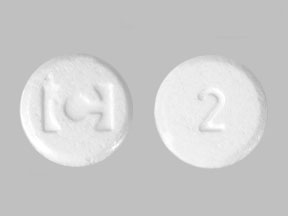Fentanyl Interactions
There are 643 drugs known to interact with fentanyl, along with 17 disease interactions, and 1 alcohol/food interaction. Of the total drug interactions, 260 are major, 378 are moderate, and 5 are minor.
- View all 643 medications that may interact with fentanyl
- View fentanyl alcohol/food interactions (1)
- View fentanyl disease interactions (17)
Most frequently checked interactions
View interaction reports for fentanyl and the medicines listed below.
- Ambien (zolpidem)
- Ativan (lorazepam)
- Benadryl (diphenhydramine)
- Colace (docusate)
- Cymbalta (duloxetine)
- Dilaudid (hydromorphone)
- Flexeril (cyclobenzaprine)
- Lasix (furosemide)
- Lexapro (escitalopram)
- Lipitor (atorvastatin)
- Lyrica (pregabalin)
- MiraLAX (polyethylene glycol 3350)
- Morphine Sulfate ER (morphine)
- Neurontin (gabapentin)
- Norco (acetaminophen / hydrocodone)
- OxyContin (oxycodone)
- Paracetamol (acetaminophen)
- Percocet (acetaminophen / oxycodone)
- Protonix (pantoprazole)
- Seroquel (quetiapine)
- Synthroid (levothyroxine)
- Tylenol (acetaminophen)
- Valium (diazepam)
- Versed (midazolam)
- Vitamin B12 (cyanocobalamin)
- Vitamin C (ascorbic acid)
- Vitamin D3 (cholecalciferol)
- Xanax (alprazolam)
- Zofran (ondansetron)
- Zoloft (sertraline)
Fentanyl alcohol/food interactions
There is 1 alcohol/food interaction with fentanyl.
Fentanyl disease interactions
There are 17 disease interactions with fentanyl which include:
- impaired GI motility
- infectious diarrhea
- prematurity
- acute alcohol intoxication
- drug dependence
- hypotension
- intracranial pressure
- respiratory depression
- gastrointestinal obstruction
- fever
- adrenal insufficiency
- liver disease
- renal dysfunction
- seizure disorders
- urinary retention
- arrhythmias
- biliary tract disease
More about fentanyl
- fentanyl consumer information
- Compare alternatives
- Pricing & coupons
- Reviews (434)
- Drug images
- Latest FDA alerts (18)
- Side effects
- Dosage information
- Patient tips
- During pregnancy
- Support group
- Drug class: Opioids (narcotic analgesics)
- Breastfeeding
Related treatment guides
Drug Interaction Classification
| Highly clinically significant. Avoid combinations; the risk of the interaction outweighs the benefit. | |
| Moderately clinically significant. Usually avoid combinations; use it only under special circumstances. | |
| Minimally clinically significant. Minimize risk; assess risk and consider an alternative drug, take steps to circumvent the interaction risk and/or institute a monitoring plan. | |
| No interaction information available. |
See also:
Further information
Always consult your healthcare provider to ensure the information displayed on this page applies to your personal circumstances.


